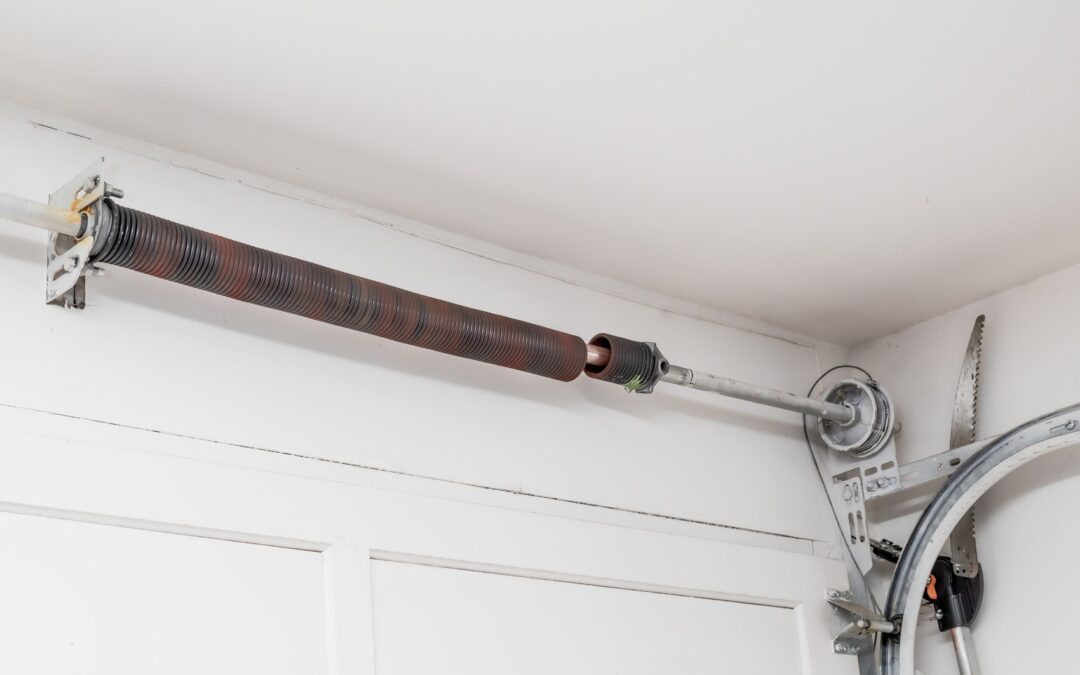Disclaimer: While this guide provides general information on how to replace garage door springs, it is important to note that this task can be extremely dangerous. Springs are under high tension and can cause serious injuries if not handled properly. If you are unsure about your abilities or feel uncomfortable, please consult a professional garage door repair technician.
Understanding Garage Door Springs
Garage door springs are essential components that counterbalance the weight of your garage door, making it easier to open and close. There are two main types of springs: torsion springs and extension springs.
- Torsion springs: These are typically located above the garage door, wound around a shaft. They provide the primary lifting force.
- Extension springs: These are located on the sides of the garage door, extending and contracting as the door opens and closes. They provide additional support and balance.
Safety First: Essential Precautions
- Disconnect the power: Before beginning any work on your garage door, disconnect the power to the garage door opener. This will prevent accidental movement of the door.
- Use proper tools: Ensure you have the necessary tools, including a spring winding tool, safety glasses, work gloves, and a sturdy ladder.
- Be cautious of tension: Springs are under high tension and can cause serious injuries. Always handle them with care and avoid sudden movements.
- Seek assistance: If you are unsure about any step or feel uncomfortable, do not hesitate to consult a professional garage door repair technician.
Identifying the Problem
Before attempting to repair the springs, it is important to accurately identify the problem. Common issues include:
- Broken spring: If a spring has snapped or is visibly damaged, it will need to be replaced.
- Worn spring: Over time, springs can become worn or fatigued, leading to reduced performance and increased tension.
- Misaligned spring: If a spring is misaligned or improperly installed, it can cause the garage door to operate unevenly or bind.
Replacing Torsion Springs
- Assess the spring: Determine the size, diameter, and wind direction of the torsion spring. This information is typically stamped on the spring itself.
- Release tension: Using a spring winding tool, carefully release the tension from the broken spring. This process requires caution and may require assistance.
- Remove the spring: Once the tension is released, remove the broken spring from the shaft.
- Install the new spring: Carefully install the new spring onto the shaft, ensuring it is properly aligned and wound in the correct direction.
- Rewind the spring: Using the spring winding tool, slowly rewind the spring until it reaches the desired tension. This process may require assistance from another person.
Replacing Extension Springs
- Release tension: Carefully release the tension from the broken extension spring by loosening the cable attached to it. This process requires caution and may require assistance.
- Remove the spring: Once the tension is released, remove the broken spring from the drum.
- Install the new spring: Carefully install the new spring onto the drum, ensuring it is properly aligned and attached to the cable.
- Rewind the spring: Using the spring winding tool, slowly rewind the spring until it reaches the desired tension. This process may require assistance from another person.
Additional Tips
- Lubricate the springs: Regularly lubricate the springs to reduce friction and prolong their lifespan.
- Inspect the cables: While replacing the springs, inspect the cables for any signs of wear or damage. If necessary, replace the cables as well.
- Balance the door: After replacing the springs, ensure the garage door is properly balanced. This will help prevent strain on the springs and ensure smooth operation.
- Seek professional help: If you are unsure about any step or feel uncomfortable, do not hesitate to consult a professional garage door repair technician.
Remember: Replacing garage door springs is a complex task that requires caution and proper equipment. If you are unsure about your abilities or feel uncomfortable, please consult a professional garage door repair technician. By following these guidelines and prioritizing safety, you can successfully replace your garage door springs and restore your door’s functionality.

